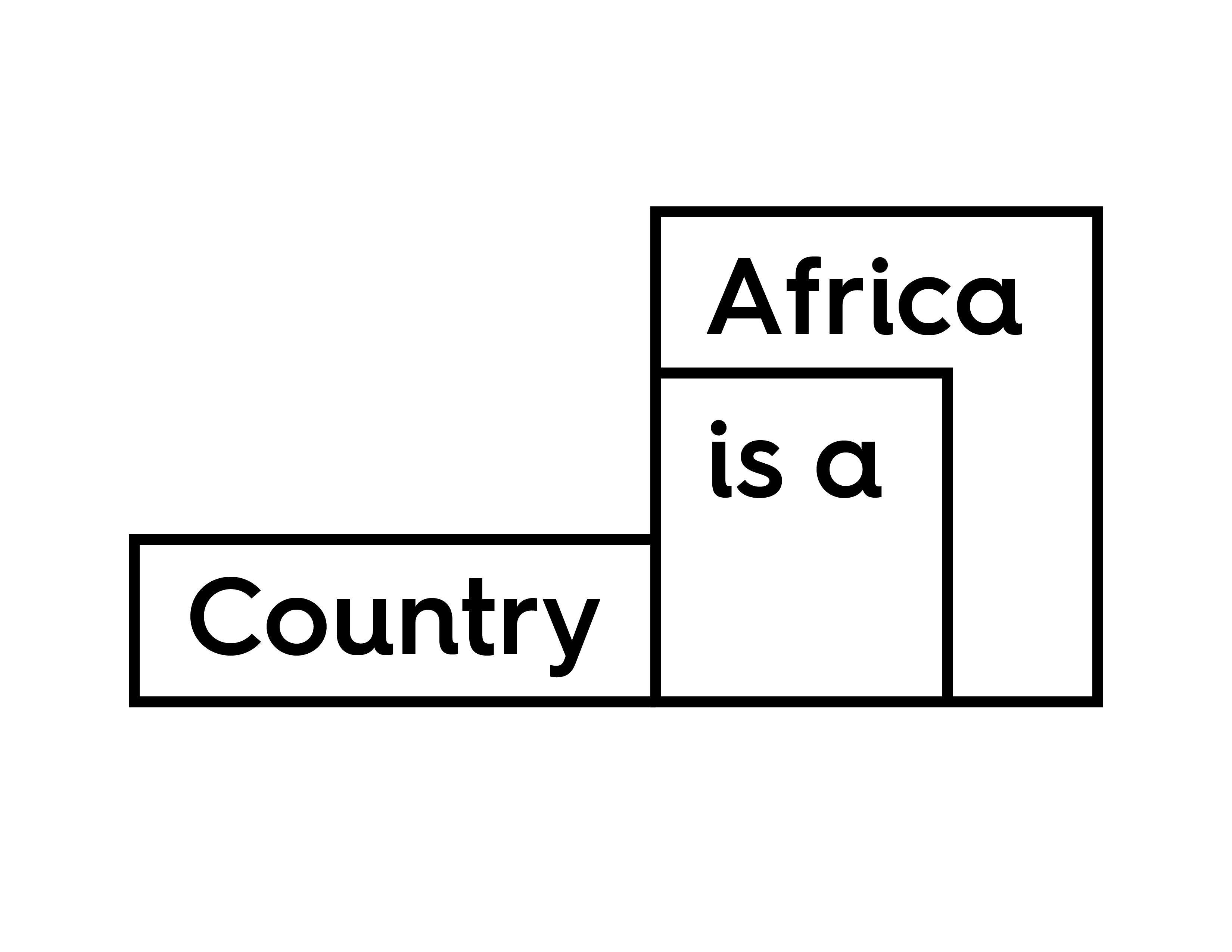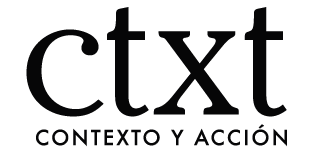The #EndBadGovernance protests in Nigeria, held from August 1 to 10, 2024—with an extension to Independence Day’s #FearlessinOctober—has reignited discussions about a potential resurgence of the country’s socialist left movement. Following a prolonged period of seeming inactivity and a limited role during the historic #EndSARS protests of October 2020—an event that could have offered the left an opportunity to provide ideological direction and leadership—leftist organizations are now reasserting themselves. These organizations did not merely participate in the #EndBadGovernance protests but played a central role in organizing and mobilizing the masses.
In a political climate where mainstream opposition parties have largely receded under government pressure, groups such as Take It Back (TIB), Socialist Workers League (SWL), Youth Rights Campaign, Democratic Socialist Movement, Socialist Labour, and Education Rights Campaign have stepped into the fray. These organizations and other left-leaning groups visibly aligned themselves with the protests, amplifying calls for government accountability and aiming to lay the groundwork for a more structured radical opposition.
During the government crackdown, there was a sweeping action against leftist figures nationwide, including the brief arrest of Kayode Ani, the central chair of the Queer Union for Social and Economic Transformation (QUEST9ja). Several mobilizers from TIB were also arrested and detained for varying periods. Among those detained was Adeyemi Abayomi Abiodun, who works at Iva Valley Books, the Nigeria Labour Congress (NLC) headquarters. He was picked up by the Nigeria Police Force (NPF) at the bookshop, which had previously been raided in search of its owner, Drew Povey, a Briton accused by the NPF of various criminal activities across Nigeria and Africa. The arrest of Michael Aderamoye Lenin, the pro tem chair of the Youth Rights Campaign, along with six others on the orders of the National Security Adviser, further underscored the left’s significant presence, which was central enough to the protests to be perceived as a tangible threat by the state.
The scale of this crackdown against leftist organizations is reminiscent of the Babangida-era Gestapo-style repression of the 1980s, where authorities not only detained activists but also seized and destroyed literature. The raids on bookshops, surveillance of dissenting voices, and detentions of critical dissent further show that the state did not attempt merely to curb public disorder but to stifle the burgeoning ideological movement at the heart of #EndBadGovernance. For the general left, this level of engagement marks a turning point that starkly contrasts with previous occasions when hesitation and ideological debates often overshadowed solidarity.
However, the impressive turnout for the demonstrations also reflected the influence of non-leftist factions. Organizations like the Arewa Youth Ambassadors, Arewa Consultative Forum (before its later withdrawal), and various community groups from the north mobilized thousands, highlighting the protests’ broad appeal across political fronts due to the generally excruciating economic conditions. Notably, some members of the self-styled “Obidient” movement overcame previous discouragement and joined the community of Nigerians in solidarity.
The Nigerian left has a longstanding presence on the political scene. In 1960, leftist student and youth movements protested against a permanent British military base in the country, underscoring their early opposition to neocolonial influence. The left also made its mark with the 1945 General Strike, led by the Nigerian Union of Railwaymen, which called for improved wages and working conditions under colonial rule. In the late 1940s, the Zikist Movement—a youth-led leftist nationalist group—organized protests demanding independence, with leaders like Raji Abdallah facing arrest for their revolutionary anticolonial politics. The left’s influence was evident again in the 1964 General Strike, when the Joint Action Committee of the four trade union centers rallied workers for fair wages, underscoring the growing strength of labor movements as a political force.
During the 1980s, leftist groups such as the National Association of Nigerian Students (NANS) mobilized thousands of students for anti-austerity protests against the Structural Adjustment Programme, which imposed harsh economic conditions on the populace. Resistance to the Babangida regime led to a significant crackdown on leftist thought across the country. In parts of the north, the Nigerian military raided universities, burning Marxist books and expelling left-leaning professors. The brutalization and terror of the regime led to a passive presence of the left in Nigeria’s political space. Although some groups continued pressing for democracy and transition to civilian rule, it wasn’t until the aftermath of the June 1993 elections that building a mass-based and united front against the military became strategically necessary and politically inevitable.
The 1993–1999 anti-military protests, led by the Campaign for Democracy (CD), United Action for Democracy (UAD), and other groups, further underscored the left’s commitment to democratic governance, eventually leading to the end of military rule. Many of these movements were left-leaning based on their opposition to military rule and the adoption of activist tactics, bringing them into solidarity with the broader left, including Marxists, radical liberals, trade unionists, and democratic socialists.
Following the anti-military struggles, much of the Nigerian left faded into civil society and NGO-based activities. The rest of the left rallied forces around the National Conscience Party (NCP), which contested elections and served as opposition in the early 2000s. Much later, in January 2012, the impact of government corruption and proposed subsidy removal sparked the #OccupyNigeria protests, with labor unions and civil society groups uniting in a popular struggle that involved millions of people across the country. These instances reflect the enduring role of leftist movements in shaping Nigeria’s political landscape, continually pressing for workers’ rights, democratic reforms, and broader social change. More importantly, they show that the Nigerian left has been at the forefront of rallying voices to demand systematic change.
The re-emergence of the left as an active political force has been gradual, beginning with the founding of Take It Back in 2018 and its partisan formation, the African Action Congress (AAC), later in the same year. Its establishment and subsequent collaboration with Aminu Kano’s faction of the Peoples Redemption Party (PRP) marked a visible re-entry of the left into mainstream politics, with the movement and its political wing advocating socialism and solidarity with the working class.
Drawing lessons from the spontaneity that characterized the #EndSARS protests, the #EndBadGovernance protests were preceded by a vocal campaign on social media, with citizens calling for renewed resistance against President Bola Tinubu’s neoliberal policies. This differs from #EndSARS, which emerged largely as an unplanned eruption of public outrage. Although the brutality of the #EndSARS crackdown made many hesitant to return to the streets, the mobilizing efforts led by leftist organizations signaled a new era of structured, grassroots-driven resistance. This shift from unplanned protests to a more intentional, organized approach has profound implications.
A critical aspect of this shift was the scheduling of the protests from August 1 to 10, reminiscent of tactics used by leftist movements in Latin America, such as Chile and Colombia. Whether this approach was deliberately modeled on these examples or simply the natural flow of circumstances is unclear. Nonetheless, this preplanned time frame provided the organizers and the state with a defined period to prepare, reducing the risk of the protests devolving into uncontrolled disorder. While this strategy did not eliminate the state’s inherent tendency towards violence, the movement’s intentional and well-considered approach illustrated the strategic insight the revolutionary left could bring to large-scale protests.
The #EndSARS protests largely embraced a leaderless, horizontal structure to avoid co-optation, despite the role of TIB in igniting it. However, this approach also led to challenges in articulating unified demands and coordinating mass actions. In contrast, the left’s involvement in #EndBadGovernance introduced a level of structured mobilization that facilitated a more deliberate, ideologically grounded effort. By adopting a clear 14-point demand list from the outset, the TIB offered a blueprint guiding participants toward specific goals. TIB’s founder, Omoyele Sowore, first drafted and publicized this list.
While the 14-point demands were not completely uniform across all fronts of the demonstrations—other groups articulated their own sets of demands—the initiative marked a significant contrast to the delayed formulation of #EndSARS’s five-for-five demands. The latter emerged only with the deepening of contention over several days in October 2020, highlighting the spontaneous nature of the earlier movement. The immediate clarity provided by TIB’s 14-point demand list helped streamline the protest’s focus, making it easier for participants to rally around shared objectives while still allowing space for diverse perspectives within the broader movement.
Additionally, the left’s involvement addressed a deeply ingrained challenge in Nigerian activism—the pervasive distrust of leaders under pressure. In the #EndSARS protests, this fear led to a rejection of centralized leadership to avoid opportunism and potential betrayal, a decision that ultimately limited the movement’s ability to sustain momentum. During #EndBadGovernance, however, TIB leaders challenged this mindset by taking a front-row seat in the discussions leading up to the protests. They identified as one of the organizers and took the initiative to rally a legal team for arrested protesters.
TIB’s work extended beyond legal support; they were instrumental in designing and distributing flyers with information regarding protest updates and convergence points. Additionally, the group held several online conversations using Twitter Spaces to address and rally opinions on the state of the country and the methods for the demonstrations.
Although leftist organizing in the #EndBadGovernance protests attempted to address lingering questions from the #EndSARS era and pave the way for future political activism grounded in ideological clarity, the potential for these leftist groups to transform Nigeria’s political landscape remains a question. Some members of the public have criticized TIB’s commitment to organizational democracy, which raises questions about the effectiveness, structure, and inclusiveness of its decision-making processes. For instance, the 14-point demand list was posted by Omoyele Sowore on his Twitter page, inviting observers to comment on what they would like to add or remove. This method, analysts argue, falls short of a standard deliberative procedure typically expected of social movements, potentially diluting the clarity, urgency, and broadness of support for the demands.
Furthermore, sustaining momentum and translating street protests into broader political influence—and, indeed, the struggle for political power—is no small task. Questions continue to arise regarding the efficacy of leadership structures within the movement. Not all social actors recognized TIB’s leadership during #EndBadGovernance. While TIB’s profile and influence may have been more visible in media narratives and certain regions, there were undoubtedly areas, particularly in northern Nigeria, where their leadership was not as influential or even recognized.
The regional limitations of TIB’s presence were apparent in states like Kano, Katsina, and Borno, highlighting that TIB’s influence was not ubiquitous. The diversity in perspectives and approaches also brought varied regional priorities and approaches to the movement, complicating the overarching narrative of a general united front. Additionally, TIB’s leadership role was amplified by its presence in traditional and social media, where it articulated goals and positioned itself as a voice of the movement. However, this did not always translate to a direct on-the-ground presence in every protest zone. In areas further from major urban centers, the movement’s spontaneity was often guided more by local actors than by TIB.
It also further corroborates the notion that neither #EndSARS nor #EndBadGovernance was absolutely spontaneous or organized. The #EndSARS protests featured various informal and decentralized leadership forms. Influencers, grassroots organizers, and nonprofit groups provided crucial structure, taking on responsibilities related to logistics, security, and media outreach. Local activists created temporary leadership roles to address immediate challenges and navigate the complexities of organizing protests. In contrast, while the #EndBadGovernance protests showcased a more pronounced presence of organized leadership from leftist groups in certain hotspots and media narratives, other fronts maintained an organic momentum driven by local actors responding to their immediate experiences and challenges.
Still, organized socialist left politics holds the promise of igniting social, political, and economic transformation in the country. Nigerian leftists have historically demonstrated a profound commitment to catalyzing the struggle for system change needed for the revolutionary transformation of the country and the emancipation of its long-exploited and oppressed working-class people. The torch of this historical duty is what the TIB, SWL, and other allied organizations seek to light.
Ayoola Babalola is a writer and journalist with a focus on exposing political corruption, human rights violations, and amplifying social movements
Photo: Ayanfe Olarinde on Unsplash via Africa is a Country



